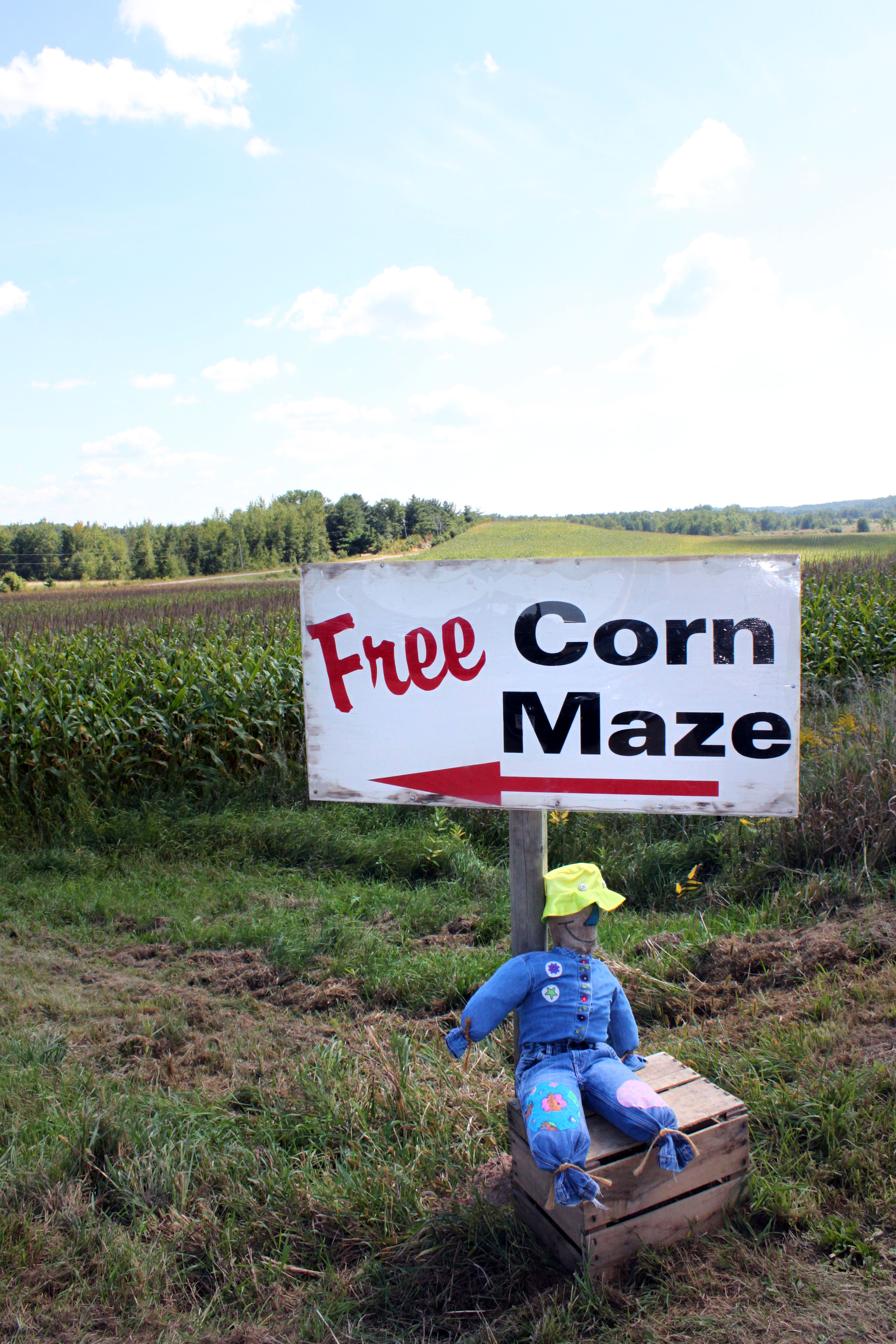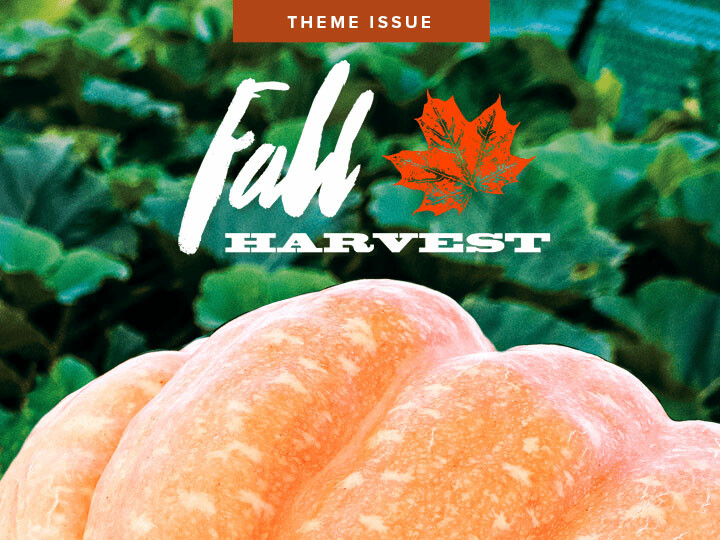How to Make a Maze
designing, growing, and cutting the season’s favorite puzzle
Kinzy Janssen, photos by Cal McNeil

What is more inviting (and simultaneously ominous) than a field full of dry and raspy corn with an entrance cut into it? But well before those stalks turn yellow, the farmers who host corn mazes are preparing their blueprints. How does a maze on paper get transferred to a field, you ask? Though not quite as mysterious as crop-circle creation, the process does require time, artistry, a flair for farming, and (sometimes) a dash of math.
Dan Scharlau, owner and operator of Pleasant Valley Tree Farms, says important groundwork for the maze lies at the level of the seed. “First I plant rows north-south, and then I plant them east-west so you have this checkerboard pattern,” explains Scharlau. “It’s denser that way and then you don’t have any rows to run down.” He also mentions the importance of cutting the path early. “Sharp stumps from mature corn can be incredibly hard,” he says.
Mary Klinger of Klinger Farm Market adheres to the crisscross method, too – it allows them to use it as a grid for design application. If you’ve ever used a grid to enlarge a drawing more accurately, you’ll understand the method they use to scale the image. “Each square [of graph paper] might represent three rows of corn. Someone will have pounded in stakes where it needs to be cut out,” she says. “Then we cut it out with a weedeater. The corn is eight inches tall to a foot at that point.” Klinger recalls their five-acre field donning a tractor, a rooster, a scarecrow, and a bug in recent years.
“Each square [of graph paper] might represent three rows of corn. Someone will have pounded in stakes where it needs to be cut out, Then we cut it out with a weedeater.” – Mary Klinger, Klinger Farm Market
“The bug didn’t get a couple of its legs, somehow,” says Klinger, laughing. “We joked that it was smashed on a windshield.” Mistakes like these, however, are rarely seen from anywhere except a plane.
Govin’s Meats and Berries is gearing up for their fourth year of corn maze action. John Govin says he hires The Maize, a company based in Utah that specializes in designing and executing corn mazes, to transform their 10-acre field. “We’ll tell them what kind of subject we want; then we’ll go back and forth with them,” says Govin of the design process. “We might change it depending on where the lookout bridges are, and sometimes we move the opening.”
Then The Maize arrives with a crew of three to four people after the corn has just germinated – when it’s about two weeks old. They spend half a day cutting it by hand. “They cut our maze for us using a grid system,” says Govin. “It’s old school. If you passed third grade geometry, you can do it too.”
Govin says this year the theme is “A Walk to End Alzheimer’s,” in honor of his mother, who lives with the disease. From an aerial view, the maze shows the title of the event with an arrow, which echoes the official logo. “If you wear your Walk to End Alzheimer’s shirt from 2011 or 2012, a portion of the admission fee will go to the Alzheimer’s Association,” he says.

